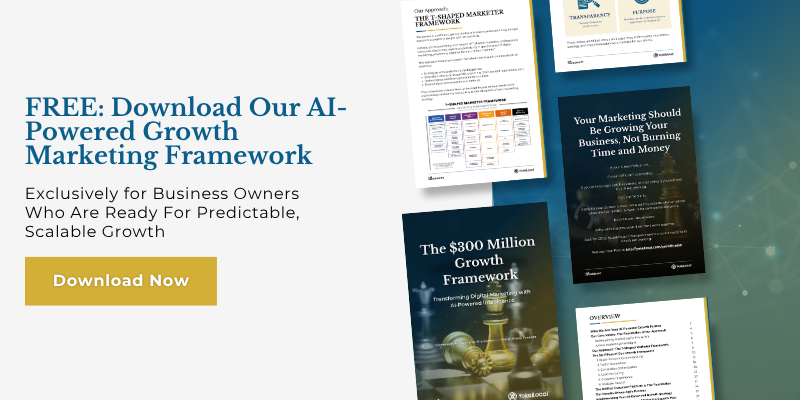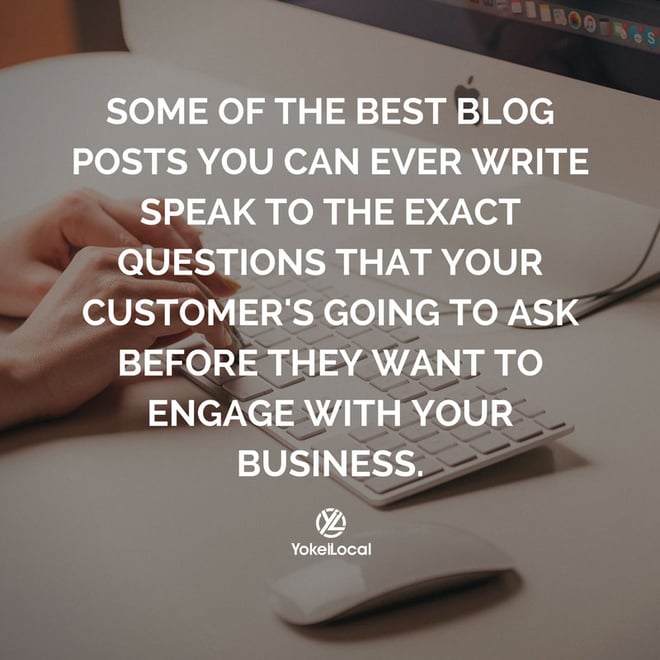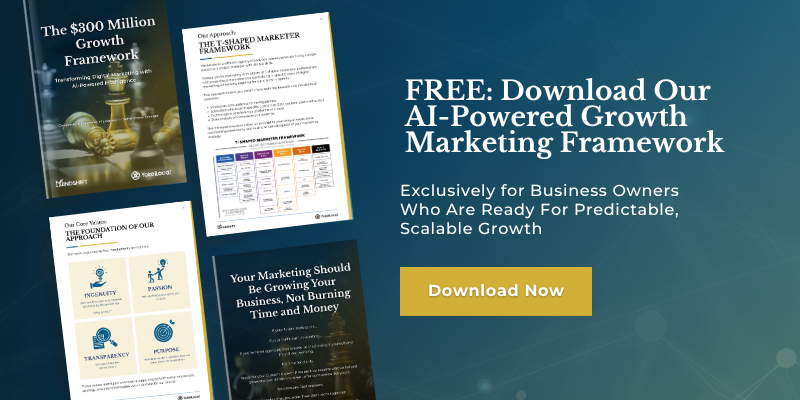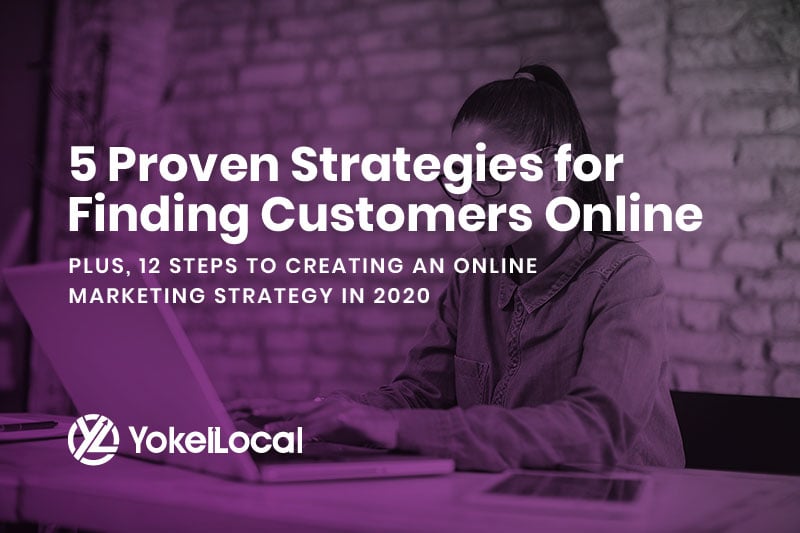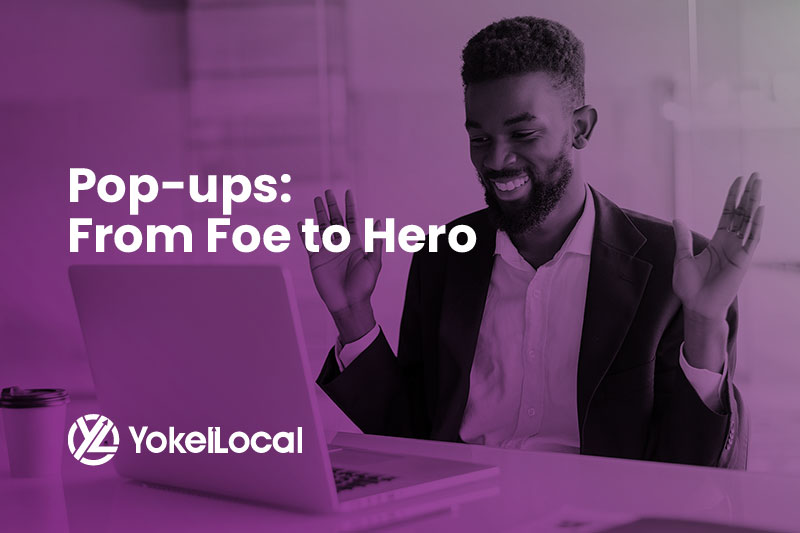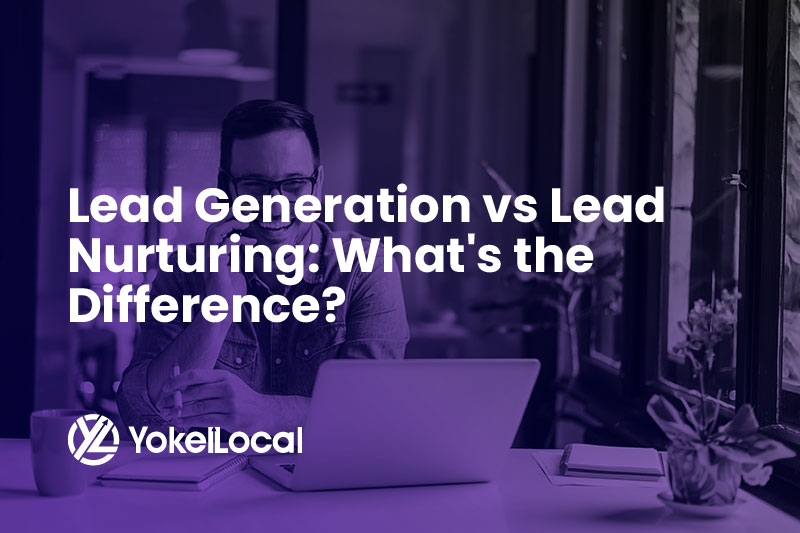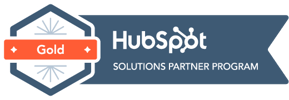Ever end your partnership with a marketing company, because their efforts just aren’t aligning with your business goals? This has been the case with many clients who turn to us. So why Yokel Local? What makes Yokel Local any different?
Our 6-step inbound marketing framework, which has powered substantial business growth for our clients over the last 6 years.
Video Summary
In this case study, we detail how we used the first three steps—Buyer Personas, Attract New Visits, and Converting Visits to Leads—of our inbound marketing framework to grow a local European auto repair company’s website traffic and leads over a 12-month period.
Understanding the company's buyer persona allowed us to implement two methodologies strategically, paid advertising and SEO, to drive website traffic. Once visitors arrived at the website, we crafted three other strategies that would convert these visitors to leads, including producing content that provided solutions to their car problems.
The strategy behind such content was to nurture these new visitors down the sales funnel and encouraging them to pick up the phone or complete an online form.
The combination of these three steps along with several internet marketing solutions resulted in the auto repair company getting 4 times the leads, in the span of only 12 months.
Watch the video above for an in-depth review of this case study and how we applied our 6-step framework.
Want your copy of this blueprint, for free? Visit YokelLocal.com/6Steps.
Full Transcript
Hey, Darrell here at Yokel Local. I wanted to welcome you to another case study video. This one will be really, really short. I just want to prove to you that this very simple, 6-step framework, that we are literally giving away on our website at YokelLocal.com/6Steps.
This 6-part framework literally has powered our entire set of results for all of our clients, over across all different types of industries; whether it’s e-commerce, professional service, home services, manufacturing, you name it.
We have proven that this works.
So today, I want to take you into a case study on an auto repair service of all kinds, an auto repair company.
So think about it, if your car breaks down, you need oil changes, whatever that might look like—and I’m going to show you year over year, maybe it’s year-and-a-half over year-and-a-half, I’m not sure what I’ve got pulled up here—but I’m going to prove to you it works.
Now, I’ve got the name of the company blocked out, but they have the word Auto Repair in their name, so let me go ahead and move my screen, and pull this up, and just kind of share with you how this works.
So in this particular case study, and I’m in an analytics account now, I’ve actually snapped a screenshot from an analytics account.
And you can see, based over here, you can see that I’m logged into my particular analytics account, and you can see I’ve blocked out the name of the company, and kind of grayed that out, but you can see it’s in the auto repair space. So if you’re not in the auto repair space, let’s think of any other type of business where you’re offering a service.
So if you’re any local business at all, any type of service provider that works in a local marketplace, and your customers come, say from a 5, maybe 25, maybe 40-mile radius around your city, depending on how big your geography is, what I’m going to show everything in this video can work for you.
If you are an e-commerce company or a manufacturing type company, these same strategies work for you.
And today, I’m just going to share with you a little bit about step 1, and step 2, and step 3 of how we implemented these 3 steps for this particular client.
So let me set the stage for what they were looking for.
As normal, as we typically hear with clients that come to us, businesses that come to us, they typically work with other companies, and unfortunately, things haven’t gone well. This is a really simple deal, right?
There’s a location in a city, they do a thing called auto service, for specific types of cars—I’m not going to tell you the types of cars. But let’s just say they’re European. We’ll just leave it at that.
So there’s not that many of those running around, right? There’s a really certain buyer persona that we have to go after, so when it starts with understanding who the buyer is, we can really figure it out. So it’s not like they service every car under the sun. They service 5 or 6 cars that are in the European world, and those are specific types of buyers.
So we start everything by understanding what the buyers are.
The next thing is how do we get visitors to the website? In this particular case, we used two primary methodologies: we used paid advertising and we used search engine optimization, SEO.
But what you’re seeing on this screen, let me just go through some of the numbers really quick.
So if we’re looking at the dates between January, 2014, to July of 2015, over January of 2015 to July of 2016, just take a look—and by the way, just so we’re clear where this traffic is coming from, this is organic traffic coming specifically from Google. We just like to track Google; we do get traffic from Bing and Yahoo, but it’s not as much to care about.
But let’s take a look. And I’m not going to get too nitty-gritty with these details—I don’t want to keep you here all day—but look at the difference in new users coming to the website.
From 8,000 from a year-and-a-half prior, to 56,000. But most importantly, as we like to say here in our organization, is read from the right. Now I know on the screen I’m doing it differently, but read from the right, meaning everything we do to optimize and strategize our clients’ results, start from the right side of the screen, which means what are we doing with the goals? Meaning, what are the goals that we’re trying to accomplish on the website? How are we generating leads, which is step number 3?
Buyer persona, getting traffic, and then getting leads.
And again, as a service provider in this particular type of industry, one might think that the only way to get a lead is to get a phone call.
Well, we’ve crafted three other ways on the website to get leads for this particular client.
So what we do is we start on the right-hand side. And one of the things, if you’re not doing this in your business, first of all, if you’re looking in your analytics, if you don’t see a scorecard and a scoreboard, you don’t have KPIs like this setup, then you need to go back and get that set-up. Because every single action on your website should be tracked down to a monetary value. So if 10 people come to your website, and only 1 person converts, then that’s a 10% conversion, but you need to know what those numbers are.
So I’m not going to dive deep into how we’ve got these setup, but every single lead, we know what it costs.
We know what the cost-per-sale is, on average, for the business, we know how often that person comes into the company—so that goes into lead section number 5, which is customer delight, so we know the lifetime value of this customer. So everything is tracked over here, but this is literally how we know if we’ve got ROI working for a campaign or for the longevity of our marketing arrangement.
So we look at a 430% growth in goal value. Goal value, by the way, is not sale value. If this was an e-commerce company, we would be looking at the sales, the actual revenue. What these number indicate what this $93,000 indicates, right here, over 17,000, that is the value of a lead.
So we, over 400 times the value of the number of leads coming through. And certainly, you can see the number, going from 115 up to 653, and then this is the overall conversion rate of everyone who touches the website. So that means 13% of everyone who comes to the website is turning into a lead one way, shape, or form.
Now that number, in and of itself, if you look at most websites, that number might be 1, 2, or 3%, best case. So we’re at 13%. So we’re always keeping an eye on how narrowly focused is the target traffic coming to the website.
We don’t care—traffic for the sake of traffic doesn’t do anything for us, doesn’t do anything for you. You only care if, on the right-hand side, you’ve got the phone ringing, people filling out forms on your website, and inquiring about your business. So I am going to give you a strategy before I wrap this video up—I don’t want to keep you too long—but what do you think happened between getting 8,000 visitors and 56,000 visitors over the next period? What might you think happened?
Clearly, it wasn’t just that we upped the ad budget because you can see this is only organic traffic. So let me give you an idea; let me give you a clue.
This has to do with step 1. It has to do with the buyer persona and it has to do with the attracting new visitors.
What we did, of course, when we’re starting with a new client, we have to take care of first things first. We’ve got to secure the website, we’ve got to make sure that, structurally the website is sound, we have to make sure that structurally it’s all there, so as time goes on with our clients, we get deeper and deeper and deeper into buyer personas. We get deeper and deeper into how they search online. So I’m going to give you a slight tip in this video and it’s actually pretty powerful.
One of the things we found out about their buyer was that there was a certain thing that happened. I don’t want to say all of this traffic came from one of the types of vehicles that they service, but what we found was there was a very common thing that happened to one of the cars, that happened regularly, that was a big ticket item.
Again, I can’t get it any more clear than that; I can’t tell you what it is. But what we did was we produced content around that particular issue, so going back to awareness, consideration, and decision, the three-part funnel that we work with. We found out that we could go up the funnel, upstream, if you will, and capture individuals who were suffering from that problem, or whose car was having that particular issue, but at that particular time, it wasn’t an emergency to come into the service center to get it fixed.
So if you stick with me on that, you’ll kind of get it.
We went north when they were searching for the possibility of what could be wrong. We showed up through an organic blog post, or a couple of blog posts, actually, and brought them in that way, and then we nurtured them down—if you’ve followed many of our other case study videos with the nurturing sequence.
From that initial question, which we always say, some of the best blog posts you can ever write speak to the exact questions that they are going to ask before they want to engage with their business. Meaning, if they’re thinking about something that could be wrong with their business, their car—whatever their product or service is that you sell—they’re asking themselves questions before they pick up the phone and call you.
They’re asking themselves questions before they fill out your form. They want to know the answers. That’s what the internet’s for, you guys. That’s what the internet powers people to do.
If you understand that they have control, and they’re going to go to the web looking for answers to these questions, then you can position yourself in front of those questions—not in front of pick up the phone and call and book a service appointment or pick up the phone and call and book a consultation, or whatever that may be in your business, or just hit the shopping cart and purchase.
If you can show up further north than the sales funnel, when they’re asking themselves questions at 11:00, when they get off work, at 2am, when they can’t sleep, at 7 in the morning, when they get a 2-minute break at work, or at lunch, when they’ve got 5 minutes to scarf down their food, and they pop online to answer that question, but they’re not ready to book an appointment, or come in for service, if you can show up there—we call it frequently asked question blogging, and I’ll save that topic for another video.
But that will bring us to the end of today’s case study.
But, look, guys, this is a long-term game—this is not an overnight.
So many business owners talk to us and they want some overnight pill, some overnight success structure—look at this. Actually, I’m sorry—I cut the chart off because I wanted to make sure it blew up on the entire screen.
But if you look at the first year, the traffic of this business was sort of just barely taking off, just kind of like an airplane getting off the runway. The airplane travels down the runway for quite some time before it takes lift-off. But then what happened in year number two was lift-off took place.
So I better wrap this video up. I’ve been going on a little bit long; I got a little bit excited.
But in this particular case study, we’re talking literally about how do you extend your sales funnel further up the funnel with good content, blogging, we call it frequently asked question blogging or frequently asked question research.
I’m getting a little bit twisted with my words here, but frequently asked questions, helping you move further up the sales funnel, to bring in the type of results that you’re seeing here on this page.
So if you don’t have a copy of our document, our gameplan, our blueprint—we’ve been using it for 6 years, we’re giving it away for free. It’s kind of odd that we’re doing that. And we’re giving you a 6-part video series.
Go ahead and go to YokelLocal.com/6Steps and you’ll download that document, and we’ll dig deeper with you over 6 days, giving you the methodology and psychology behind these processes.
My name is Darrell Evans, I better be out of here—I’ve kept you long enough. Take care.


